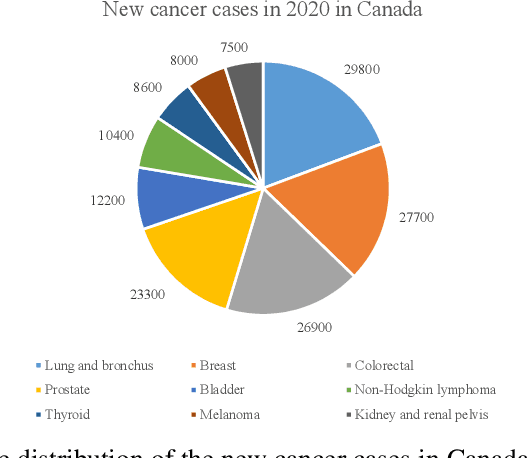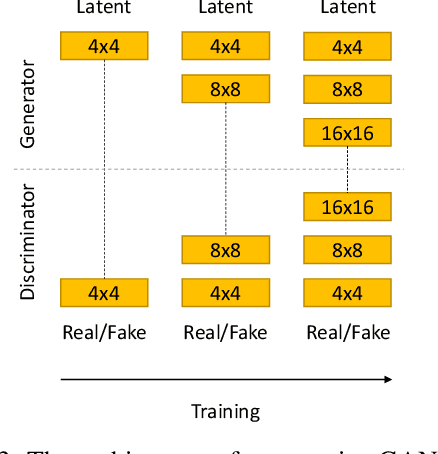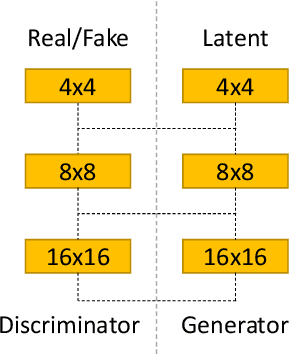Younhee Choi
A lightweight Convolutional Neural Network based on U shape structure and Attention Mechanism for Anterior Mediastinum Segmentation
Nov 01, 2024



Abstract:To automatically detect Anterior Mediastinum Lesions (AMLs) in the Anterior Mediastinum (AM), the primary requirement will be an automatic segmentation model specifically designed for the AM. The prevalence of AML is extremely low, making it challenging to conduct screening research similar to lung cancer screening. Retrospectively reviewing chest CT scans over a specific period to investigate the prevalence of AML requires substantial time. Therefore, developing an Artificial Intelligence (AI) model to find location of AM helps radiologist to enhance their ability to manage workloads and improve diagnostic accuracy for AMLs. In this paper, we introduce a U-shaped structure network to segment AM. Two attention mechanisms were used for maintaining long-range dependencies and localization. In order to have the potential of Multi-Head Self-Attention (MHSA) and a lightweight network, we designed a parallel MHSA named Wide-MHSA (W-MHSA). Maintaining long-range dependencies is crucial for segmentation when we upsample feature maps. Therefore, we designed a Dilated Depth-Wise Parallel Path connection (DDWPP) for this purpose. In order to design a lightweight architecture, we introduced an expanding convolution block and combine it with the proposed W-MHSA for feature extraction in the encoder part of the proposed U-shaped network. The proposed network was trained on 2775 AM cases, which obtained an average Dice Similarity Coefficient (DSC) of 87.83%, mean Intersection over Union (IoU) of 79.16%, and Sensitivity of 89.60%. Our proposed architecture exhibited superior segmentation performance compared to the most advanced segmentation networks, such as Trans Unet, Attention Unet, Res Unet, and Res Unet++.
Capsule GAN for Prostate MRI Super-Resolution
May 20, 2021



Abstract:Prostate cancer is a very common disease among adult men. One in seven Canadian men is diagnosed with this cancer in their lifetime. Super-Resolution (SR) can facilitate early diagnosis and potentially save many lives. In this paper, a robust and accurate model is proposed for prostate MRI SR. The model is trained on the Prostate-Diagnosis and PROSTATEx datasets. The proposed model outperformed the state-of-the-art prostate SR model in all similarity metrics with notable margins. A new task-specific similarity assessment is introduced as well. A classifier is trained for severe cancer detection and the drop in the accuracy of this model when dealing with super-resolved images is used for evaluating the ability of medical detail reconstruction of the SR models. The proposed SR model is a step towards an efficient and accurate general medical SR platform.
 Add to Chrome
Add to Chrome Add to Firefox
Add to Firefox Add to Edge
Add to Edge